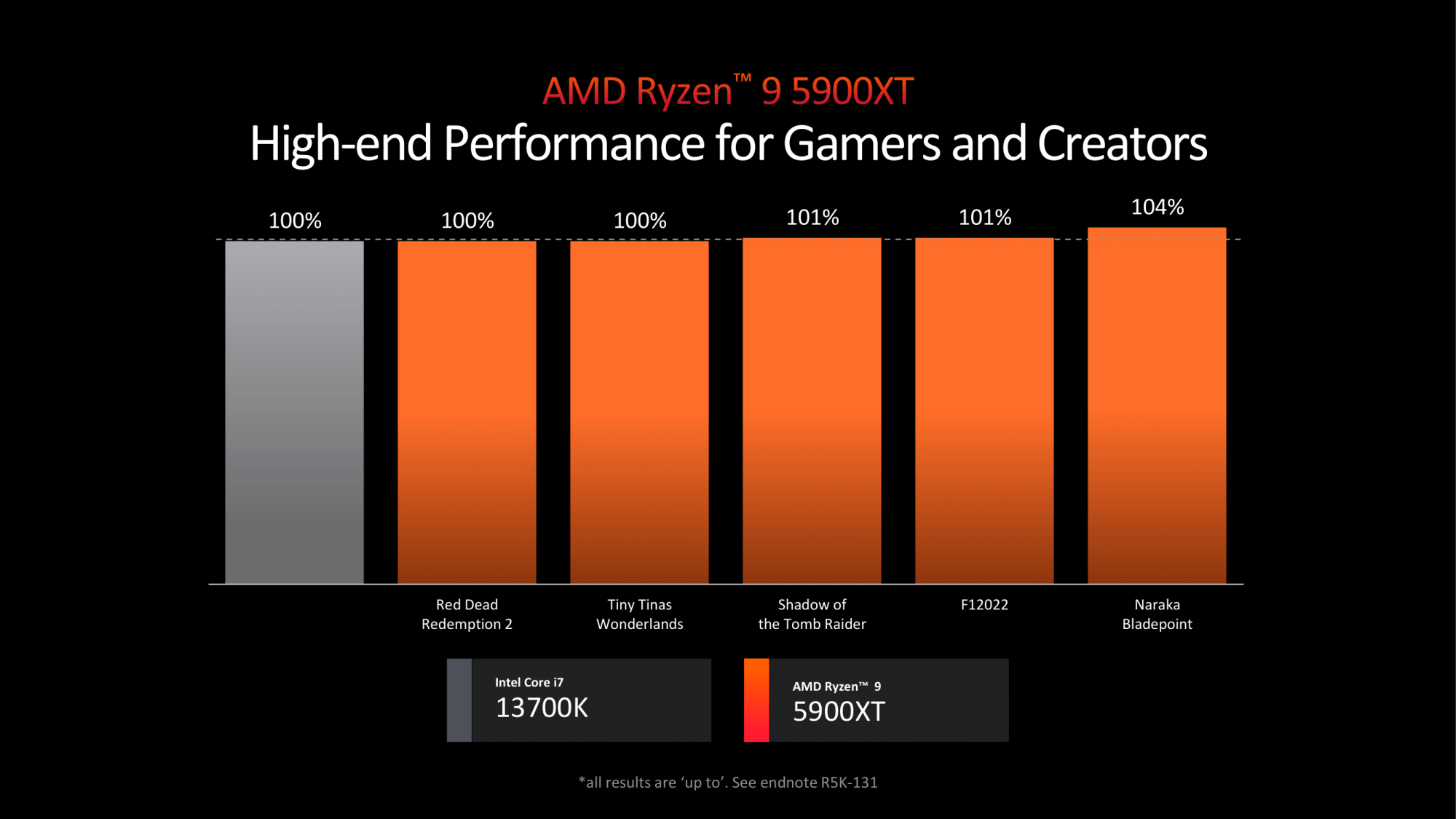is it by much a 1080p too ?What AMD shows, is the difference between ReBAR (which is universal) and Smart Access Memory (which is proprietary).
SAM is better for GPUs, hands down,
View: https://youtu.be/FM-mDf0U38k?t=722
Gain by enabling SAMéRebar at 1080p with a 6800xt
5950x: +12
12900k:+ 13
On a a 6600x:
View: https://youtu.be/FM-mDf0U38k?t=743
+2% on the 5950x, +1% the 12900k (10900k having the biggest boost with +8%), Far cry 6 best boost 12900k again:
View: https://youtu.be/FM-mDf0U38k?t=779, same for Tom Clancy right after
Maybe it changed since or the 6600 is quite different, of all the game tested 2 years ago on a 6800xt and a 6600, on a 12900k vs 5950x system, seem to be a bit of a coin toss which gain the most by enabling SAM/rebar and never a clear big gap.
![[H]ard|Forum](/styles/hardforum/xenforo/logo_dark.png)


